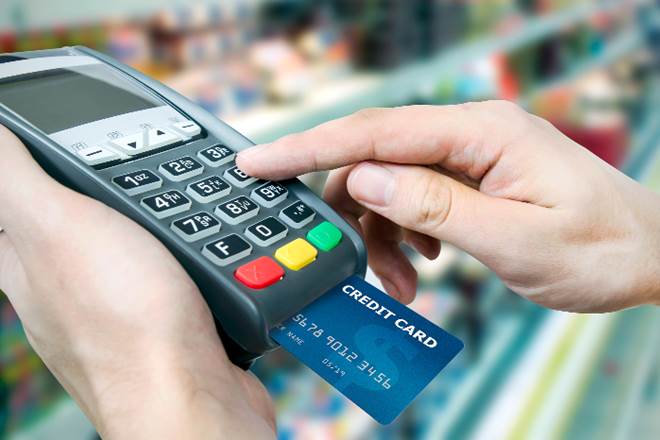Creditors are providing many different credit card offers to consumers today. There hasn’t always been the variety of offers that there is now. But with more companies offering credit cards, creditors are discovering that they need to provide more benefits and services to stand apart from the competition.
History
Credit card use has grown at astounding rates since the early 1950s. The first credit card in the United States was called the Diners Club and was invented by Diners’ Club found Frank McNamara.

After the birth of the Diners Club card, the concept of credit cards gained popularity. In 1958 American Express issued their first credit card. Later that same year the Bank of America issued BankAmericard (now Visa). In 1967 the card we now know as MasterCard was born.
During the 1960s they were promoted as a time saving device. Today they’re almost a necessity to modern living. Car rental agencies won’t let you rent a car without one. Hotels require one. Even tool rental places will rarely let you rent a tool without one, even if you pay the entire rental cost up front.
Since its birth in 1958 American Express has grown to be one of the most popular cards in the United States, according to the inaugural J.D. Power and Associates 2007 Credit Card Satisfaction Study. Only seven points behind on a 1,000-point scale is the Discover card, a relative newbie in the field. The Discover card wasn’t established until 1985.
This study on its use was done using a comparison of 10 issuers and 7,812 consumers. The consumers rated benefits and features as most important while rewards were rated as second most important. Of least importance was problem resolution at a paltry 4%.
Not only has the use increased since the 1960s, but debt has also gone up substantially. According to the Federal Reserve Bank, consumers’ total credit card debt in America during 1968 was equivalent to $8 billion of today’s dollars. Now the nation’s total such debt exceeds $880 billion.
Types of Credit Card Offers
Some of the offers available today are those that provide a lower interest rate to help people reduce or eliminate their debt. Some cards also offer a zero-interest introductory period on balances transferred from other cards.
An example of a low interest card is the Discover More Card. It has a regular interest rate of 10.99% and a 12-month zero-interest introductory period. This card will also earn you cash back rewards.
Rewards are another popular type of offer. There are several different types of rewards cards available that provide gas rebates, cash back, hotel rewards, and/or airline miles.
According to the J.D. Power and Associates Satisfaction Study, rewards are one of the main offers an issuer can provide to entice customers. The study says that rewards are key in selection and 80% of cardholders get some sort of reward with their usage.






